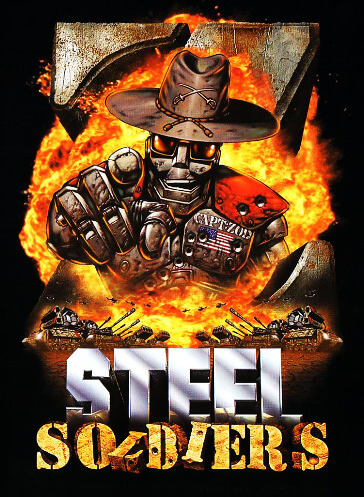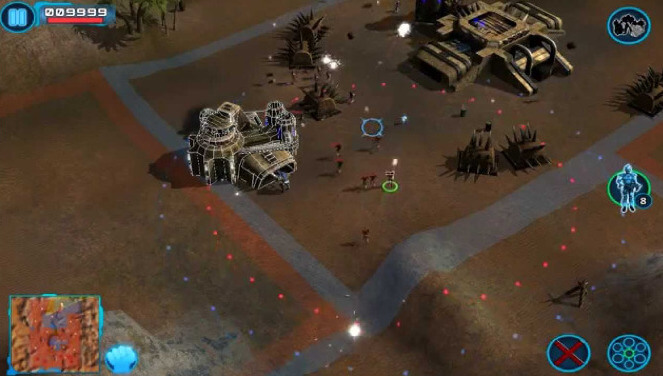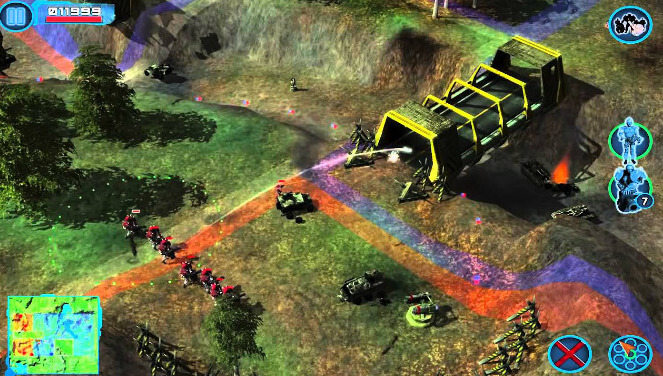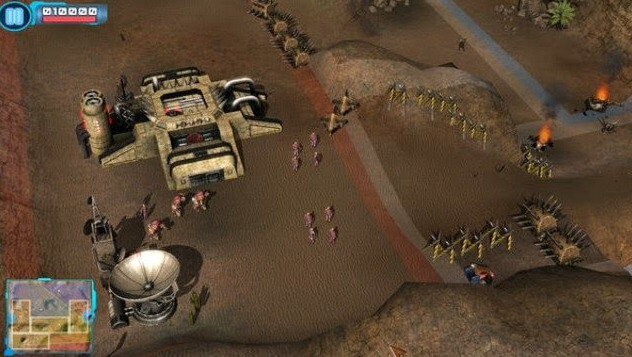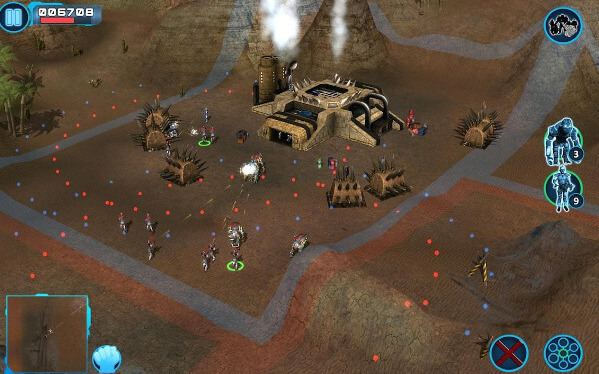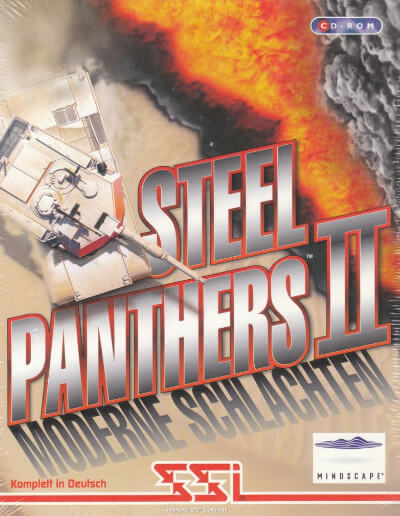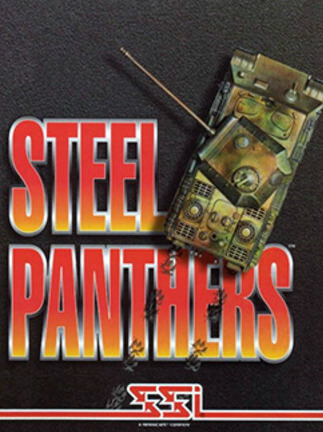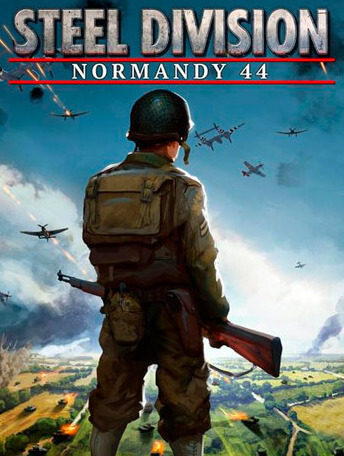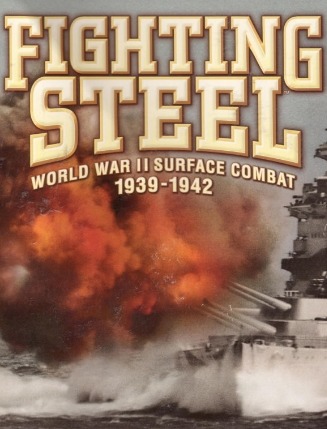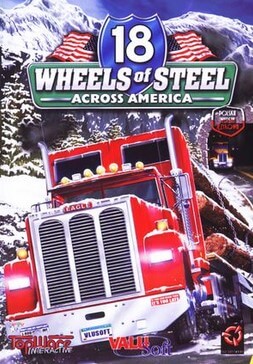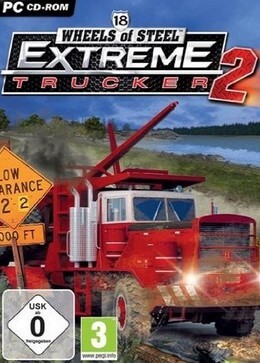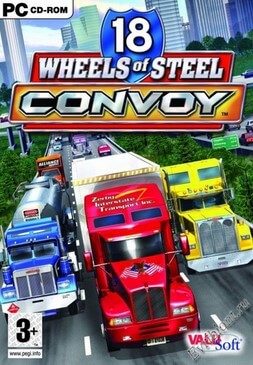The peace initiative is brokered personally by Commander Keeler and TransGlobal’s premier, Commander Rieman. After a court martial judgement, the recently demoted Captain Zod, previously Commander Zod in the original Z, has been sending patrols into the demilitarized zone to spy upon the TransGlobal Empires. The scouts Brad (one of the pilot robots from the original Z; the other one, Allan, is staying in the campbase) and Clarke find a secret landing strip and promptly shoot down a transport ship after this discovery. The game begins with Zod sending in forces on a mission to retrieve the two missing scouts and find out "what the hell is going on", during which they find a broken box with the word "Omega" on it. Brad and Clarke's radio remains silent and although Zod lacks the proper authority, he is confident the peace agreement will remain intact but his aide Lassar is more concerned.
Gameplay
Developers wanted an accessible strategy game combined with the immediacy of an arcade title. Consequently the game was designed so a player could get into the action as quickly as possible. Z: Steel Soldiers sports a humorous comic book style with a realistic 3D environment. These graphics are best displayed on a moderately fast or recently purchased computer although game options allow playing the game on older Pentium II systems. This title is not compatible with Windows Vista.
The game features the ability to scroll, rotate, zoom and tilt the isometric viewing position to gain a better perspective. There is a high level of graphical detail such as reflections, shadows, weather effects and other environmental factors that can slow the frame rate on low end PCs.
The game has an advanced artificial intelligence that makes holding defensive positions central to completing each mission. There are 30 missions on six different worlds including desert, forest, volcanic, ice, archipelago and wasteland types. Each type of world has varying wildlife and lighting effects. This sequel adds aircraft and water vessels to the units available. With the completion of missions comes the introduction of new buildings and armored units including rocket launchers, bombers, helicopters and tanks.
When the game is paused players can scroll across the playing area, but places not under their control will not display enemy buildings and unit commands may not be issued. There are three difficulty levels - easy, medium and hard. Steel Soldiers has no tutorial, however the CD-ROM contains a 59-page game manual. The background music was designed to heighten the game's intensity. The game has a high score table and the ability to load and save games. There are options for changing the screen resolution, a gamma correction level setting and mouse sensitivity sliders. A free single-player demo is available for download. Skirmish mode is a customisable secondary play mode based on a series of separate maps to the missions. Multiplayer games occur on another twenty additional maps.
Players control a group of robotic soldiers and vehicles in a two-sided war. At the start of each mission the current scenario and objectives are outlined. Level objectives vary considerably compared to the original from "Capture Aircraft Hangars and Shipyards" to "reach the EVAC point within a time limit". Some operations are timed with a countdown. Other mission duties are securing a landing area, to capture research facilities and evacuate personnel. The Command Centre is your headquarters and functions as a communications hub. If this building is destroyed your mission ends in failure.
The gameplay is based around fast-paced battle action without resource gathering. Winning the game requires speed and sound blitzkrieg tactics. The main aim is to gain territory by securing a sector after touching a flag. Each mission begins with an introduction that includes a discussion of the goals and a preview across a sweeping landscape, briefly revealing geographical features and approaches to some strategically important flag locations. The more territory a player gains, the greater the number of units that may be built and provides more land for the construction of buildings. Unoccupied buildings that are neutral are owned with control of the sector. Each flag has a number between 1 and 5 depicted upon it. The number represents a multiplier for the amount of credits a player will draw from that territory, each minute, when captured. Credits are used at factory buildings and research facilities to construct robots.
Other activities include canceling orders, building bunkers and gun turrets, issuing repair tasks and selling buildings for credits. Players have the ability to queue commands and set way points so that newly created units can automatically move to a location once built. Each unit and structure in Z:Steel Soldiers has a damage indicator. Colored radius rings mark line of sight limits and weapon range boundaries for the currently selected unit. Collapsed status panels include the Message and Information Panel from a leader cam (overhead view), a Unit Info View Panel and Minimap Panel displaying which territories are held by the TransGlobal Empires, MegaCom Corporation or are neutral. These panels are used to coordinate army unit movements, view mission goals and troop statistics.
